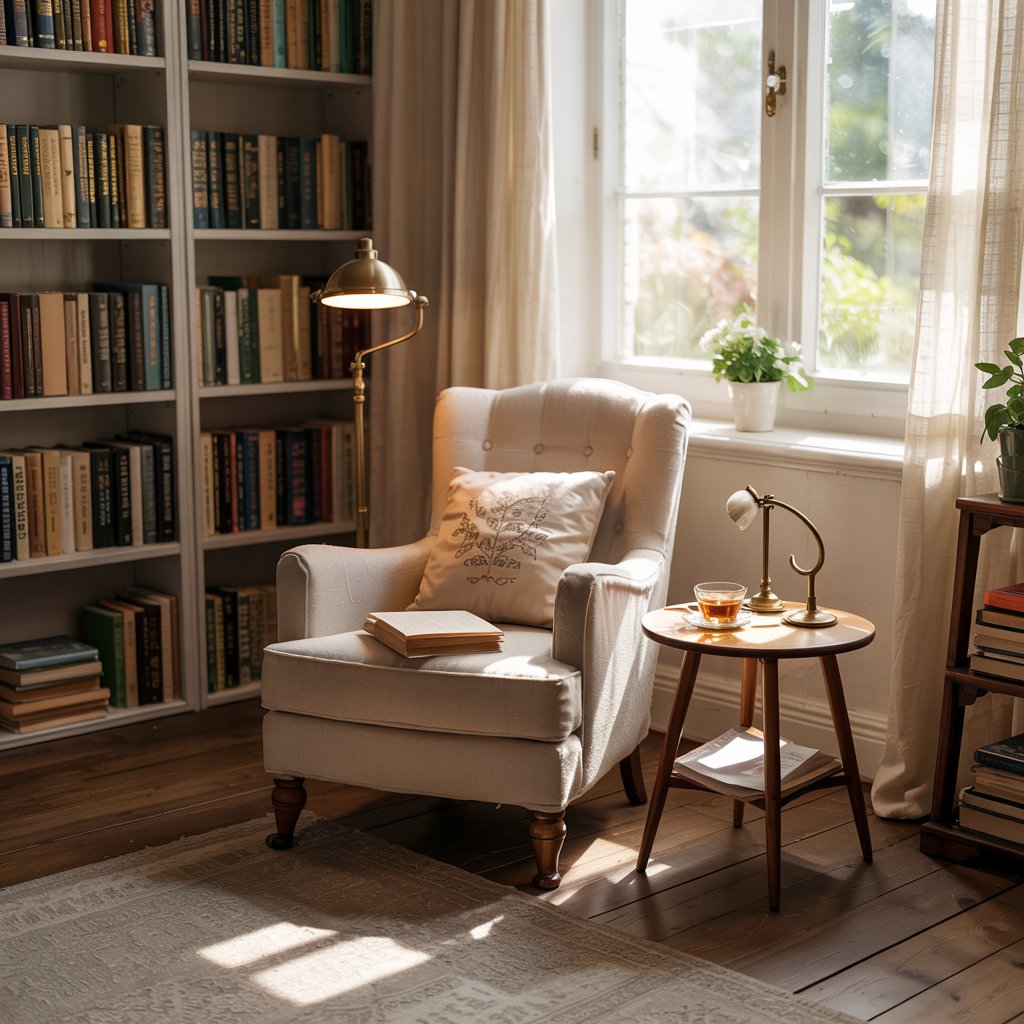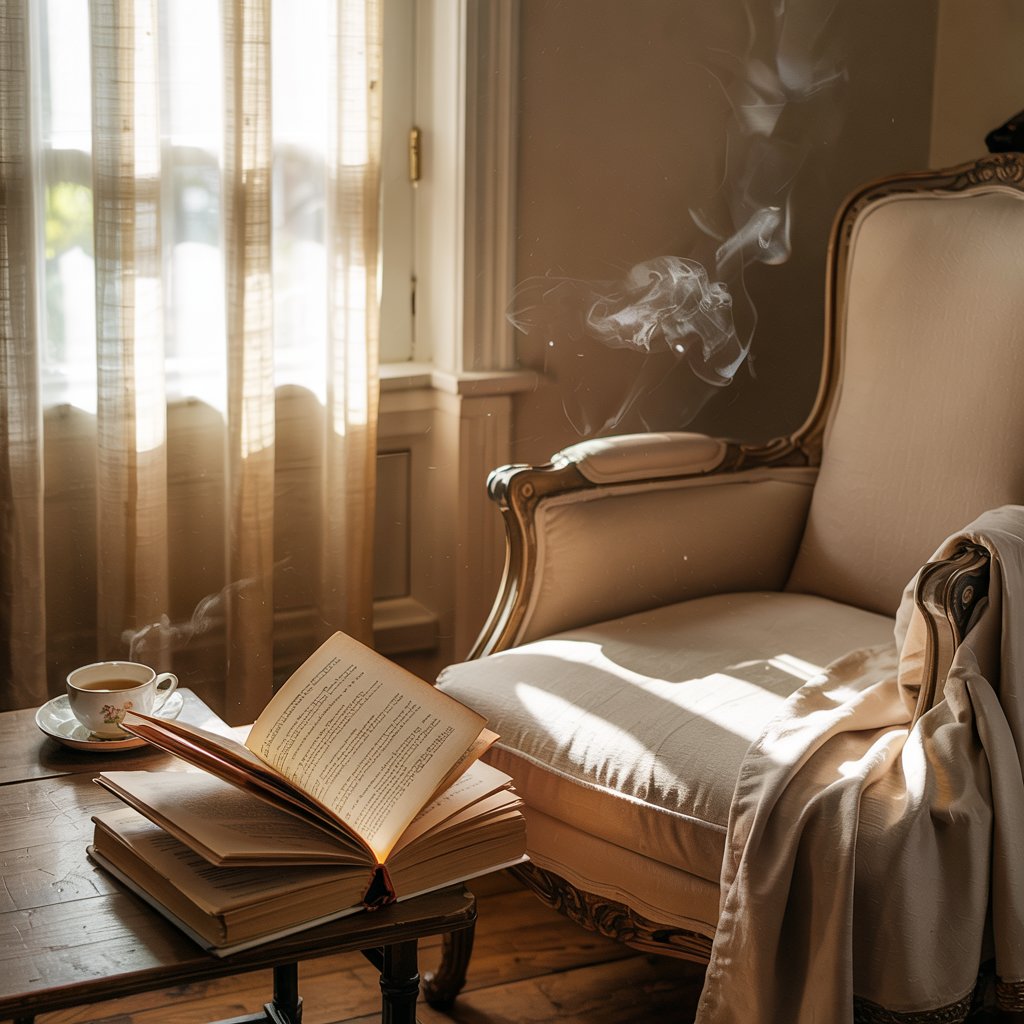Perfect Lighting: How to Increase Natural Light In a Room?
Choosing the right light fixture can dramatically impact a room’s ambiance and functionality. This guide provides a comprehensive approach to how to increase natural light in a room, helping you select the perfect piece to illuminate your space beautifully and effectively. We’ll cover everything from basic calculations to understanding different room types and fixture styles….
Choosing the right light fixture can dramatically impact a room’s ambiance and functionality. This guide provides a comprehensive approach to how to increase natural light in a room, helping you select the perfect piece to illuminate your space beautifully and effectively. We’ll cover everything from basic calculations to understanding different room types and fixture styles. You’ll learn how to measure your room, select appropriate fixture sizes, and consider factors like ceiling height and room style for optimal lighting design.
The size of your light fixture is crucial for both aesthetics and functionality. A fixture that’s too small can look lost in a large room, providing inadequate illumination. Conversely, an oversized fixture can overwhelm a small space and create an unbalanced feel. Proper sizing ensures your lighting
is both effective and visually appealing, enhancing the overall design of your room.
How to Increase Natural Light in a Room?
Use light-colored walls, add mirrors to reflect sunlight, install larger windows or skylights, keep windows clean, choose sheer curtains, and trim outdoor plants blocking light. Opt for glossy finishes on surfaces and minimalistic furniture to allow sunlight to bounce freely around the room.
Measuring Your Room: The Foundation of Sizing

Measuring Length and Width
Begin by accurately measuring the length and width of your room in feet. This is fundamental to determining the appropriate scale for your lighting fixture. For example, a 10ft x 12ft room will require a different sized fixture than a 5ft x 7ft room.
Assessing Ceiling Height
Ceiling height significantly impacts fixture selection. High ceilings allow for larger, more dramatic fixtures, while lower ceilings might necessitate smaller, more compact options to avoid a cluttered or overwhelming effect. Consider the proportions; a large chandelier in a room with low ceilings can feel disproportionate and unsafe.
Read More: How Low Should a Dining Room Light Hang?: The Ultimate Guide
Calculating the Ideal Fixture Size: The Rule of Thumb
| Room Dimension (Length + Width in feet) | Recommended Fixture Diameter (inches) |
|---|---|
| 10 feet | 10 inches |
| 12 feet | 12 inches |
| 14 feet | 14 inches |
| 16 feet | 16 inches |
| 18 feet | 18 inches |
| 20 feet | 20 inches |
| 22 feet | 22 inches |
| 24 feet | 24 inches |
Formula: Room Length (ft) + Room Width (ft) = Ideal Fixture Diameter (inches)
A common guideline is to add the length and width of your room (in feet) and use that sum to determine the approximate diameter of your fixture (in inches). For example, a 10ft x 12ft room (22ft total) suggests a fixture with a diameter of approximately 22 inches. This is a starting point and can be adjusted based on other factors.
Considering Room Style and Ambiance
The overall style of your room heavily influences fixture choice. A modern minimalist space might suit a sleek, geometric pendant light, while a traditional room might benefit from a classic chandelier or ornate wall sconces. The size should complement the room’s aesthetic, not clash with it.
Different Fixture Types and Their Sizing
Pendant Lights
Pendant lights are versatile and come in various sizes. For dining rooms, the general rule is to choose a pendant light with a diameter that is roughly one-third to one-half the width of the dining table.
Chandeliers
Chandeliers require more careful consideration. In larger rooms with high ceilings, larger chandeliers can create a dramatic focal point. However, in smaller rooms, an overly large chandelier can easily overwhelm the space.
Flush Mounts and Semi-Flush Mounts
Flush mounts are ideal for rooms with low ceilings. They sit close to the ceiling, minimizing the visual impact. Semi-flush mounts offer slightly more height and visual presence.
Read More: Where Should Call Lights be Placed in Residents Rooms?
Understanding Light Output and Fixture Wattage

The wattage of the bulbs affects the amount of light produced. Higher wattage bulbs generally provide brighter illumination. Always check the fixture’s maximum wattage rating to avoid overheating and potential fire hazards. Consider using energy-efficient LED bulbs to reduce energy consumption and costs.
The Role of Ambient, Task, and Accent Lighting
Effective lighting often involves a layered approach: ambient lighting (general illumination), task lighting (for specific activities), and accent lighting (to highlight features). The size of your main fixture influences the ambient lighting, while additional task and accent lights contribute to a balanced lighting scheme.
Balancing Fixture Size with Other Room Elements
Avoid overcrowding the space. Consider the scale of other furniture and décor in the room. A large, oversized fixture in a room filled with small, delicate furniture will look jarring. Maintain visual harmony and balance.
Choosing the Right Height for Your Fixture
The hanging height of pendant lights and chandeliers depends on ceiling height and the intended use of the space. For instance, a dining room pendant should hang high enough to clear heads while dining but low enough to create a warm, intimate atmosphere.
How to Calculate the Light Fixture Size Based on the Square Footage of the Room?
While the length plus width method is useful, you can also consider the square footage. A larger square footage generally indicates a need for a larger fixture or multiple fixtures to adequately illuminate the space. Divide the square footage by 10 to determine a suitable size range for your fixture.
Dealing with Multiple Light Fixtures in One Room
Many rooms benefit from multiple light fixtures for optimal illumination and design. If you are using multiple fixtures, ensure they are proportionally sized to the room and are harmoniously styled. Avoid visually competing elements.
Impact of Different Ceiling Types on Fixture Selection
The type of ceiling affects your choices. Vaulted ceilings can accommodate larger fixtures, while sloped ceilings might require specially designed fixtures to ensure proper and safe installation.
The Importance of Professional Installation
While many fixtures can be DIY installed, complex installations, especially those involving electrical work, should be handled by a qualified electrician to ensure safety and proper functionality. Improper installation can lead to hazards.
Choosing the Right Bulbs for Optimal Illumination
The type of bulbs you choose affects the color temperature and brightness. Warm-white bulbs create a cozy atmosphere, while cool-white bulbs provide brighter illumination. Consider the color rendering index (CRI) for accurate color reproduction.
Frequently Asked Questions
What is the most common mistake people make when choosing a light fixture?
The most common mistake is choosing a fixture that’s either too small or too large for the room. This can lead to inadequate illumination or an unbalanced aesthetic.
Can I use a smaller fixture in a large room?
You can use multiple smaller fixtures to compensate for a larger room. However, one overly small fixture will likely not provide enough light.
How do I determine the appropriate hanging height for a pendant light?
A general guideline is to hang a pendant light 30-36 inches above a dining table, but this can be adjusted based on ceiling height and personal preference.
What are the best lighting options for a low-ceilinged room?
Flush mounts or semi-flush mounts are ideal for low-ceilinged rooms as they minimize visual clutter and maximize usable space.
How can I ensure my chosen fixture complements my room’s decor?
Consider the overall style of your room when selecting a fixture. Ensure that the fixture’s style, color, and material complement the existing decor.
What is the importance of considering the fixture’s wattage?
The wattage rating determines the maximum power of the bulbs that can be safely used in the fixture. Exceeding the wattage can lead to overheating and potential fire hazards.
Are there any online resources to help me choose the right light fixture?
Yes, many websites and online retailers offer guides and resources on lighting selection. You can also find inspiration on home décor and design websites and blogs. Look for articles and videos on lighting design principles and examples of successful installations. Consulting a lighting professional is also always a good option!
Final Thoughts
Selecting the right light fixture involves considering several key factors: room dimensions, ceiling height, style, and desired ambiance. By following the guidelines outlined in this comprehensive guide, you can confidently choose a fixture that not only illuminates your space effectively but also enhances its overall aesthetic appeal. Remember, paying attention to detail in these calculations and mindful choices will result in a beautifully lit and balanced living space. Consider experimenting with different styles and sizes to find the perfect fit for your individual needs and tastes. Don’t hesitate to consult with interior design professionals or lighting specialists for personalized advice tailored to your specific project and requirements. Proper lighting is an investment that will enhance the enjoyment and functionality of your home for years to come.

